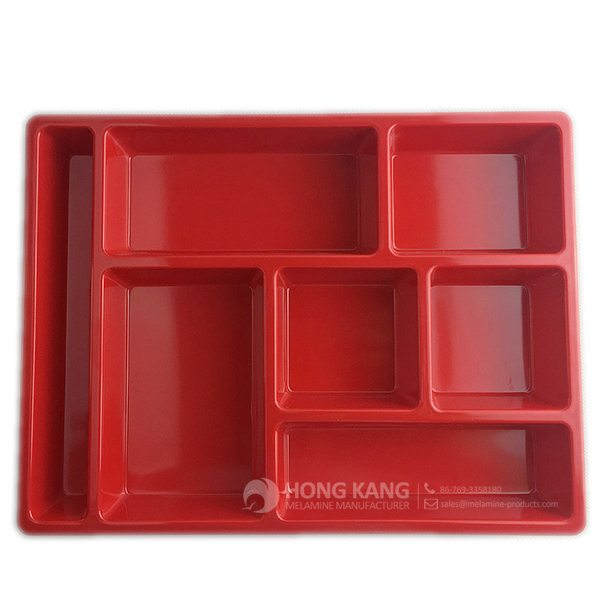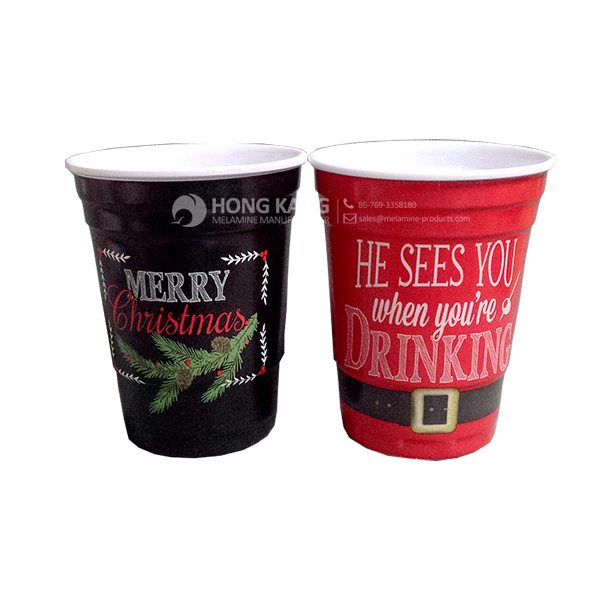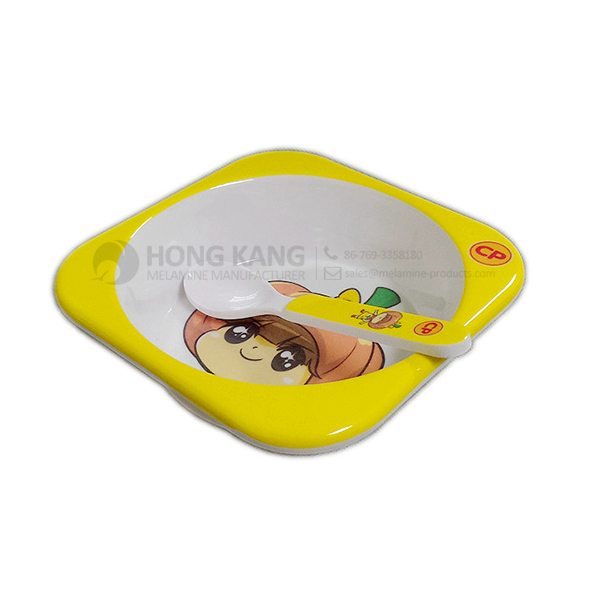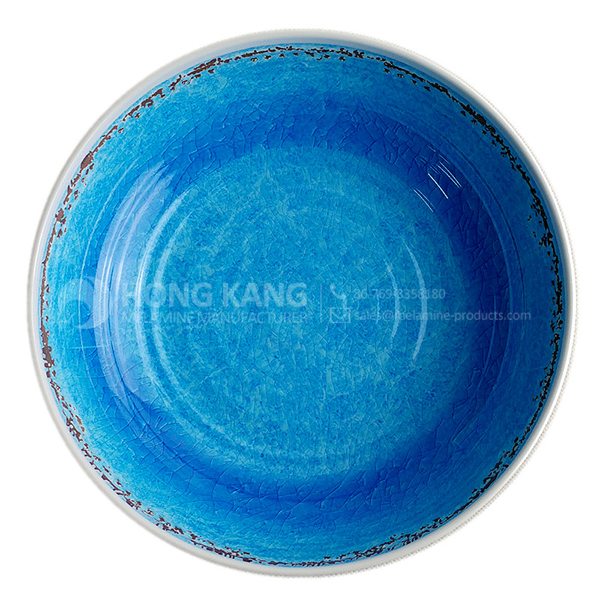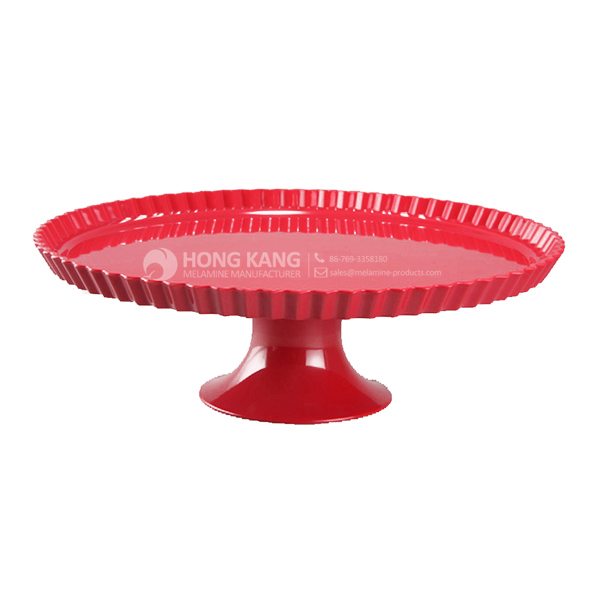Good quality 100% Melamine Childrens Plate to Switzerland Manufacturers
Good quality 100% Melamine Childrens Plate to Switzerland Manufacturers Detail:
| Specification | |
| Item Name | 8inch Melamine Childrens Plate |
| Item No. | PT010 |
| Shape | Hello Kitty |
| Body Color | White/Red |
| Decal Color | 4 colors print |
| Finish | Glossy |
| Style | Fashion |
| Motif Design | Customized |
| Shape Design | OEM/ODM |
| Test Standard | FDA,PROP 65,EN71,LFGB etc. by SGS or ITS |
| Packaging | 12pcs/box,48pcs/carton |
| Dimensions | |
| Length | 20.2 cm |
| Width | 20.2 cm |
| Height | 3 cm |
| Capacity | N/A |
| Material | |
| Body Material | 100%melamine |
| Decal Material (if need) | 4 colors print (CMYK), or spot color printing, RoHS certificate |
| Imprint (if need) | Seiko ink type 1000 or other type, RoHS certificate |
| Accessories Information | |
| Lid included | No |
| Other | No |
| Weights | |
| Net Weight (kg) | 8.7 |
| Shipping Weight (kg) | 9.7 |
Product detail pictures:
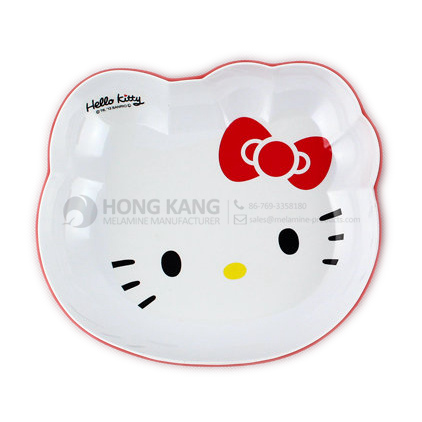
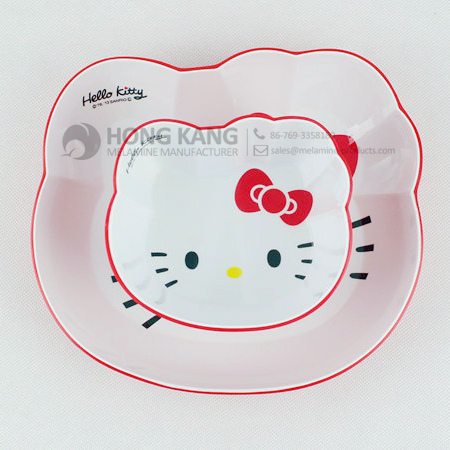
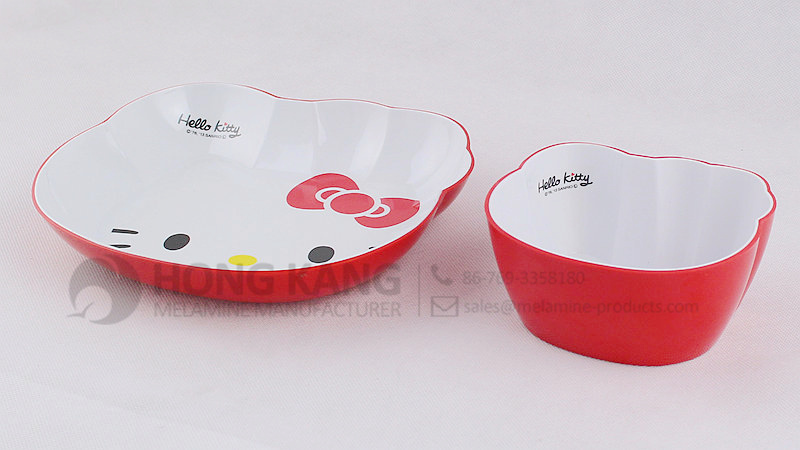
Related Product Guide:
Benefits of Melamine Dinnerware
The Benefits Of Using Silicone Kitchen Utensils
We thinks what buyers think, the urgency of urgency to act during the interests of a purchaser position of theory, allowing for much better high-quality, reduced processing costs, charges are more reasonable, won the new and outdated consumers the support and affirmation for Good quality 100% Melamine Childrens Plate to Switzerland Manufacturers, The product will supply to all over the world, such as: Latvia , Doha , Kuwait , Our company regards "reasonable prices, high quality,efficient production time and good after-sales service" as our tenet. We hope to cooperate with more customers for mutual development and benefits in future. Welcome to contact us.
FAQ: 1.Q: Where is your factory located? How can I visit there? A: Our factory is located in Guangdong province, China. Warmly welcome to visit us! 2.Q: What is the material of your products? A: The material is melamine. 3.Q: How can I get some samples? A: We can send the samples by Express/DHL/FedEx/UPS etc. 4.Q: How does your company do regarding quality control? A: We have a very strict QC system. Our inspectors have been closely monitoring the production process from the selection of raw materials to the final step of the finished products. 5.Q: Can you print our logo on the product & packing? A: Yes, We can print your logo on our products. 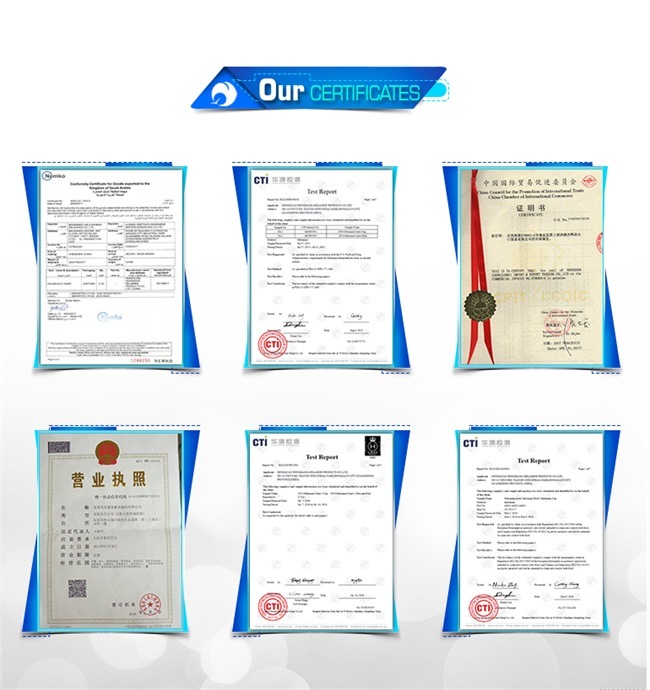
| * Do Not Touch On Fire Directly | |
|---|---|
| * Do Not Washing By Steelwire Ball | |
| * Non-Microwave Ovens | |
| * Dishwasher Safe |
Watch our step-by-step film showing how to lay laminate flooring, with expert advice and top tips to help you complete the job with confidence.
See the other parts in this series:
Part 1: Preparation
Part 2: Underlay
Part 4: Laying Tongue & Groove Solid Wood
Part 5: Finishing Touches & Maintenance
Visit the official B&Q YouTube channel. Here you’ll find the ideas and know-how you need to make your home improvement dream a reality: http://www.youtube.com/bandq
Need a helping hand with your DIY project? We’re always uploading new films, so whatever your project, we’re here to support you 24/7. Subscribe today so you don’t miss out. http://www.youtube.com/subscription_center?add_user=bandq
When embarking on any DIY project, health and safety is paramount. If you are unsure on the steps in this guide, professional tradesmen can be found via B&Q Homefit. For further information visit http://www.diy.com/B&QHomefit
Please read the video disclaimer before undertaking tasks in this film: http://www.diy.com/videodisclaimer
For more advice go to http://www.diy.com/advice
To shop at B&Q go to http://www.diy.com
Join the B&Q Club for exclusive offers: http://www.diy.com/club
Follow us on Twitter: http://www.twitter.com/bandq
Like us on Facebook: http://www.facebook.com/bandq
Be inspired on Pinterest: http://www.pinterest.com/bandq
Find ideas on Houzz: http://www.houzz.co.uk/pro/bandq/
Our B&Q You Can Do It Book is available in-store. This complete step-by-step book of home improvement is the ultimate tool for successful home maintenance and makeovers, making those DIY projects easier with many useful guides and tips.
The company keeps to the operation concept "scientific management, high quality and efficiency primacy, customer supreme", we have always maintained business cooperation. Work with you,we feel easy!






